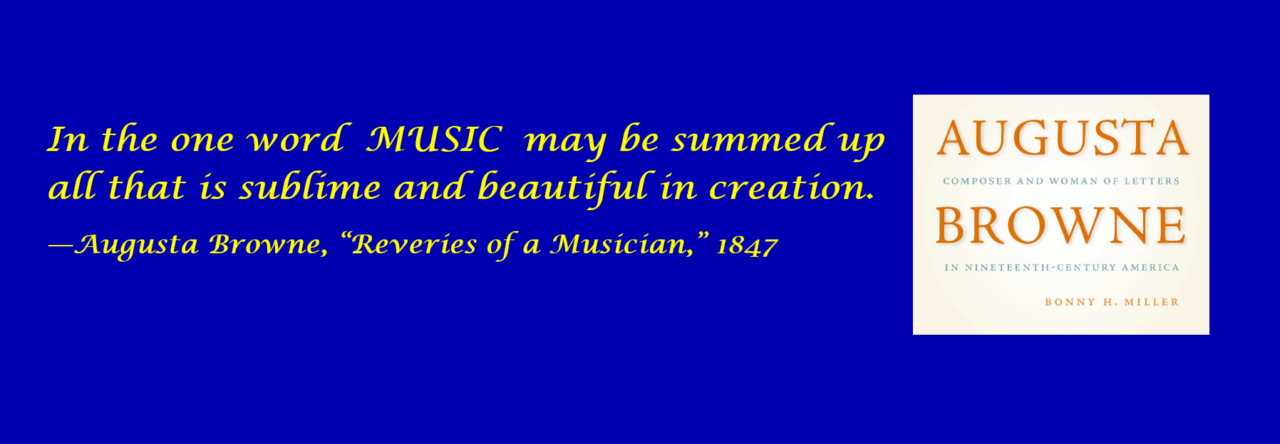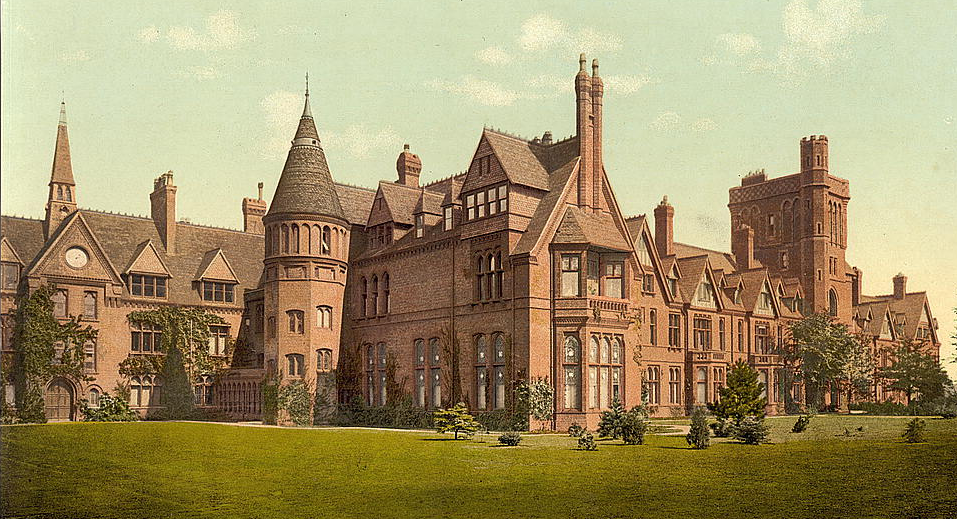Augusta Browne loved cats, as her prose writing demonstrates.

Does not a fluffy cat, of stately demeanor, confer a positive dignity on the family hearth?
Augusta Browne Garrett, “All Good Persons Love Dumb Animals,” Episcopal Recorder, February 7, 1877.
“The Favorite Cat,” hand-colored lithograph published by Nathaniel Currier, 1838–48, Metropolitan Museum of Art, Bequest of Adele S. Colgate, 1962, Accession Number: 63.550.159
In her 1877 article from the Episcopal Recorder, shown in full below, Browne tells anecdotes about memorable cats from her family home. Some knew clever tricks. Others, like Rubin (named for the Russian pianist Anton Rubinstein), had musical tendencies. She extols the usefulness of cats to control rodents, in addition their innate “beauty, talent, amiability, and industry.” The lesson of the essay is a universal message to treat animals humanely. Browne concludes:
It is impossible to love God and be cruel to the creatures that he has committed to our care.



